10 Foods That "Wreak Havoc on Your Waistline," Says Expert
Have you been struggling to lose weight despite your best efforts? You're not alone. Many people find themselves stuck on a weight loss plateau, often due to seemingly innocent food choices that are secretly derailing their progress. Dr. Erik Richardson, D.O., a board-certified family practice physician with over 20 years of experience since starting his practice in 2004, has helped countless patients identify and eliminate these dietary roadblocks. Here's his expert guide to the top 10 foods you need to avoid to finally achieve your weight loss goals.
High-Calorie Coffee Drinks: The Hidden Calorie Trap
In his post, Dr. Richardson points out that fancy coffee drinks can be major diet saboteurs. "A large mocha cookie crumble Frappuccino can pack 590 calories, 26 grams of fat, and 76 grams of sugar," he reveals. Stick to simple coffee preparations to save both calories and money.
Pizza: The Perfect Storm of Calories

"Pizza combines carbs and unhealthy fats in an almost perfectly addictive way," Dr. Richardson cautions. Its combination of refined flour and processed meats makes it particularly challenging for weight loss. Consider healthier alternatives like cauliflower crust or homemade versions with whole grain bases.
RELATED: 10 Warning Signs Your Calories Are Dangerously Low
Ice Cream: The Portion Control Challenge
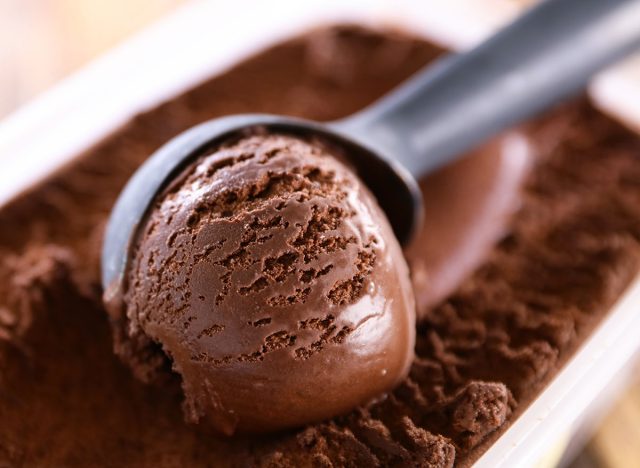
Dr. Richardson acknowledges ice cream as a common downfall. "While small portions occasionally can be fine, ice cream's combination of high calories and sugar makes it easy to overindulge," he states. If you must indulge, try making your own with natural ingredients and controlled portions.
Beer: The Belly Builder
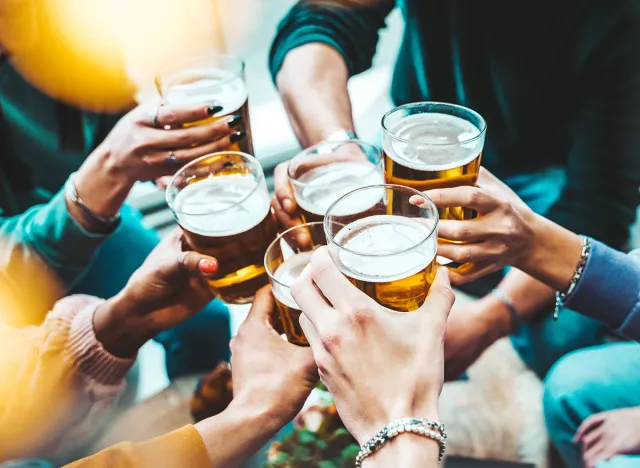
"The term 'beer belly' exists for good reason," says Dr. Richardson. Beer acts similarly to sugary drinks, flooding your system with carbohydrates that trigger insulin responses and promote weight gain. Consider cutting back or eliminating alcohol altogether during your weight loss journey.
Pastries: The Breakfast Trap

Dr. Richardson warns that pastries, cookies, and cakes are particularly problematic because they combine refined sugars, flours, and oils. "These treats not only pack in calories but often contain trans fats and leave you feeling hungrier faster," he explains.
Fruit Juice: The Health Food Impostor

"Even 100% fruit juice can hold you back when trying to lose weight," Dr. Richardson reveals. Without the fiber and pulp found in whole fruit, juices are quickly absorbed, leading to sugar spikes. Plus, it's much easier to consume excess calories through juice than by eating whole fruits.
RELATED: She Tried the 75 Soft Challenge and "Actually Craves Healthy Food Now"
Candy Bars: The Concentrated Calorie Bomb

Dr. Richardson emphasizes that candy bars represent one of the most concentrated sources of calories in a small package. "They combine sugar, refined flour, and oils in the perfect storm for weight gain," he cautions. Their strategic placement at checkout counters makes them particularly tempting when you're hungry.
White Bread: The Sugar in Disguise
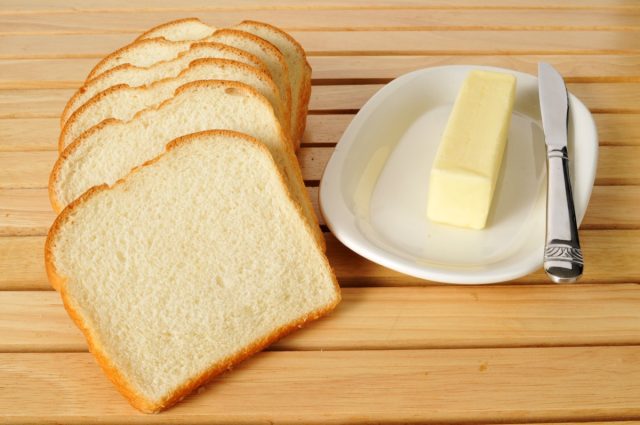
"White bread is essentially a chewable version of sugar drinks," Dr. Richardson notes. The processing strips away fiber and nutrients, leaving you with a product that quickly converts to sugar in your body. This rapid digestion leads to insulin spikes, making weight loss more challenging.
Sugary Drinks: The Silent Weight Gain Culprit
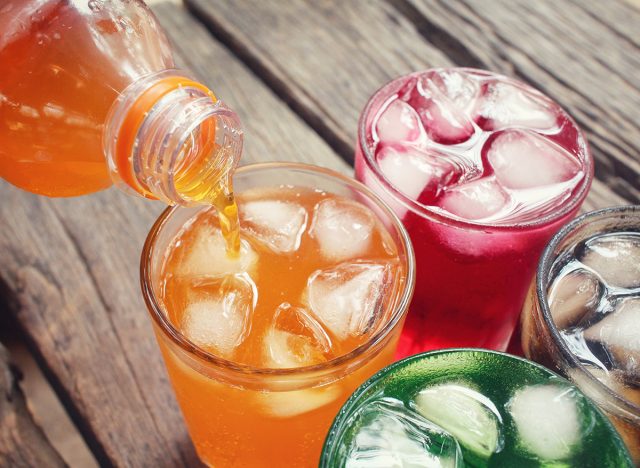
According to Dr. Richardson, sugary drinks should arguably be the top concern. "Just one can of non-diet soda daily can lead to approximately 10 pounds of weight gain in a year," he explains. These drinks are particularly dangerous because your brain doesn't register their calories as food, making it easy to overconsume.
RELATED: Personal Trainer Reveals 3 Steps That "Actually Work" for Love Handles
French Fries and Potato Chips: Your Waistline's Worst Enemy
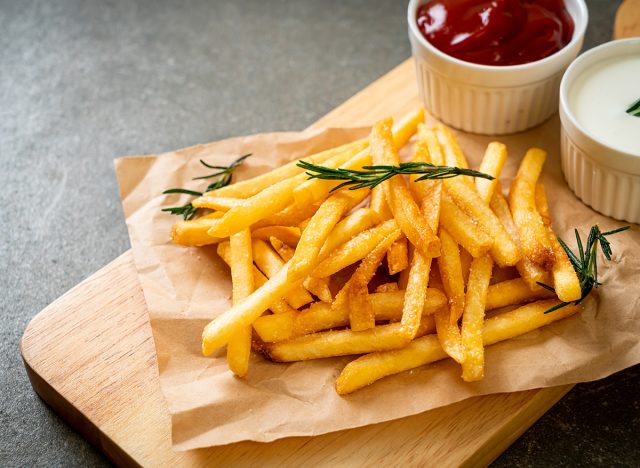
"Nothing beats a fresh McDonald's French fry, but it wreaks havoc on your waistline," warns Dr. Richardson. These popular snacks are packed with calories and quickly convert to sugar in your body. Studies show that potato chips may contribute more to weight gain per serving than any other food. And if you enjoyed this article, take advantage of these 15 Quick Ways to Lose Body Fat Percentage in a Week.





